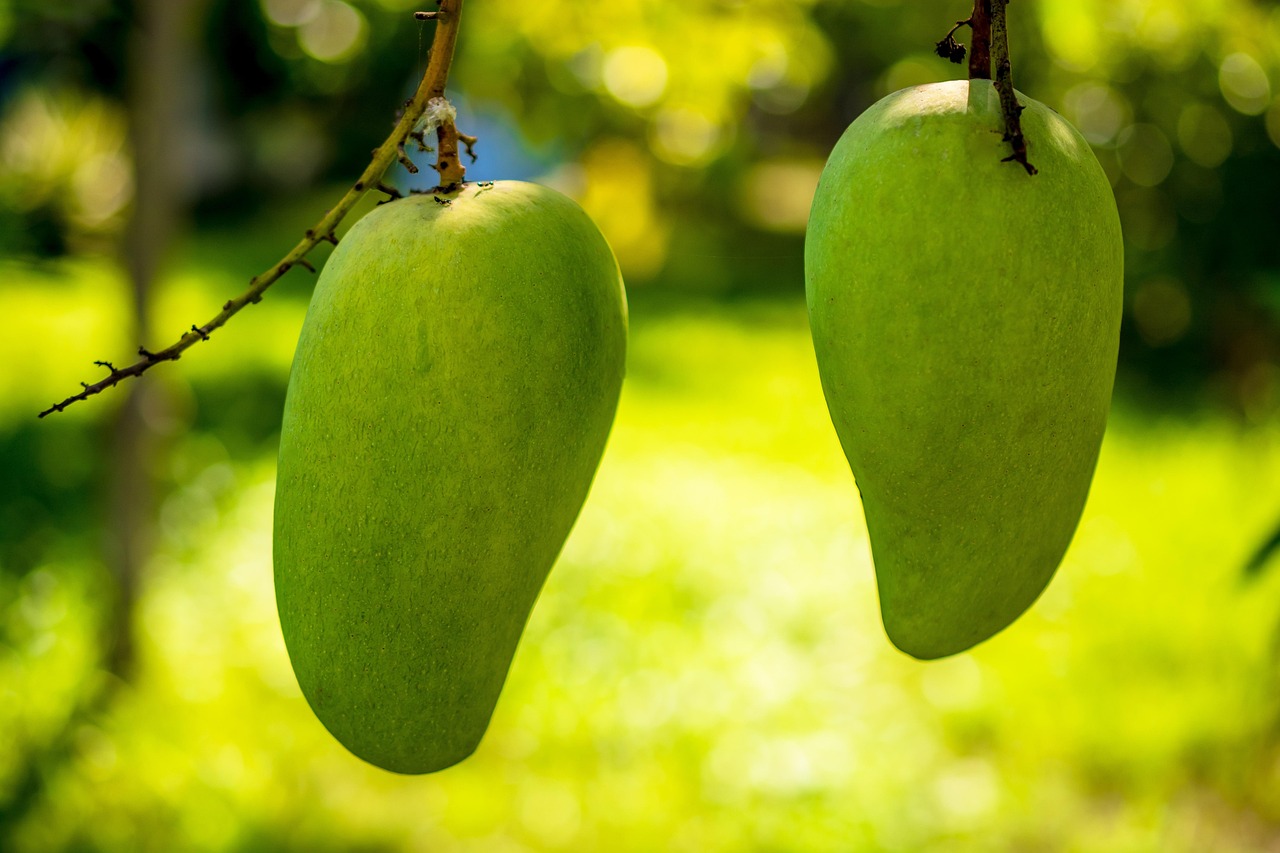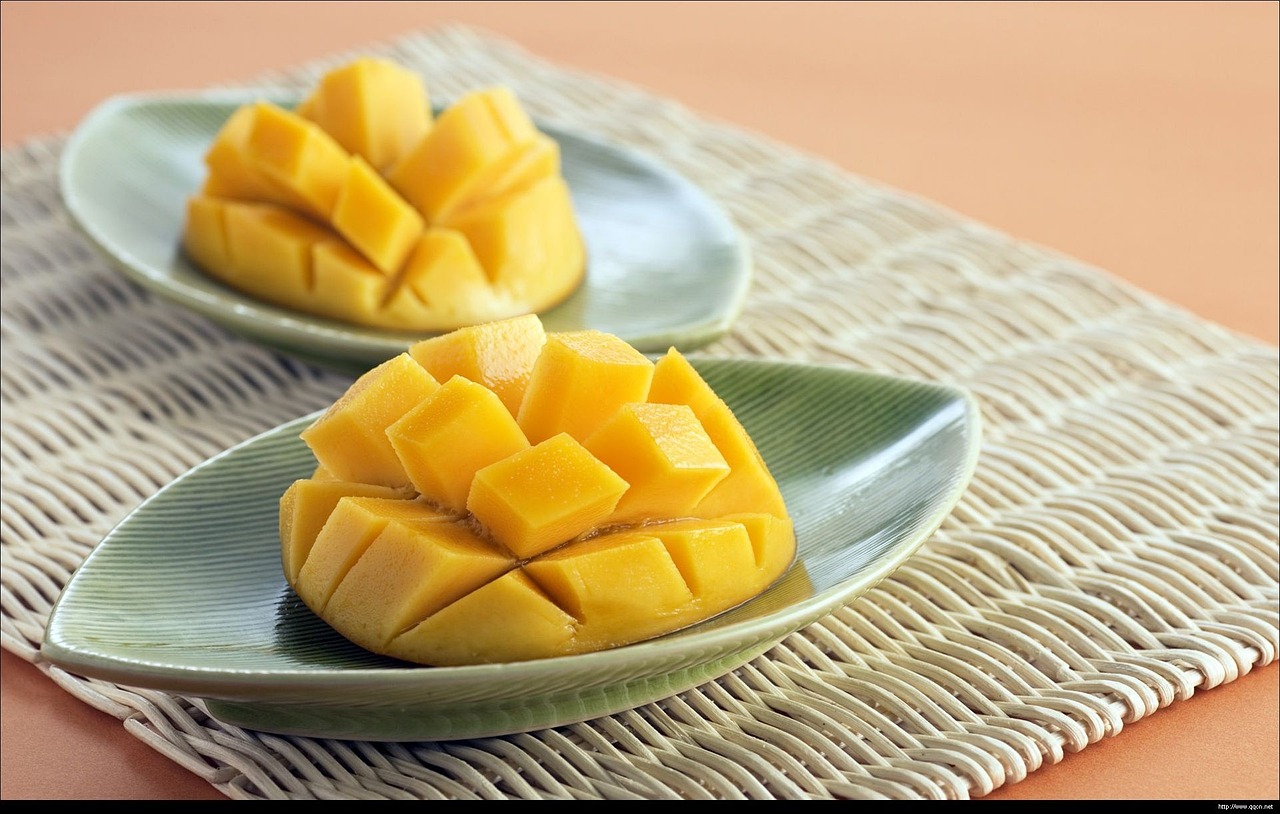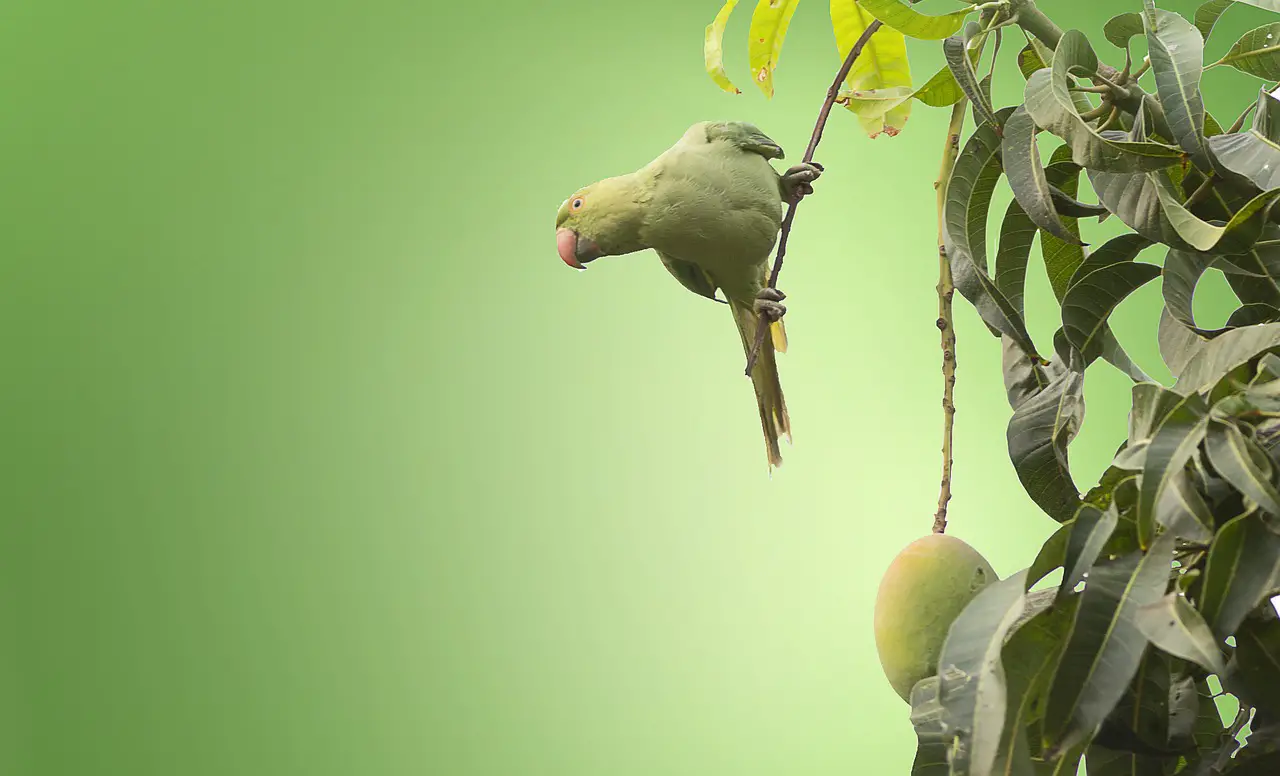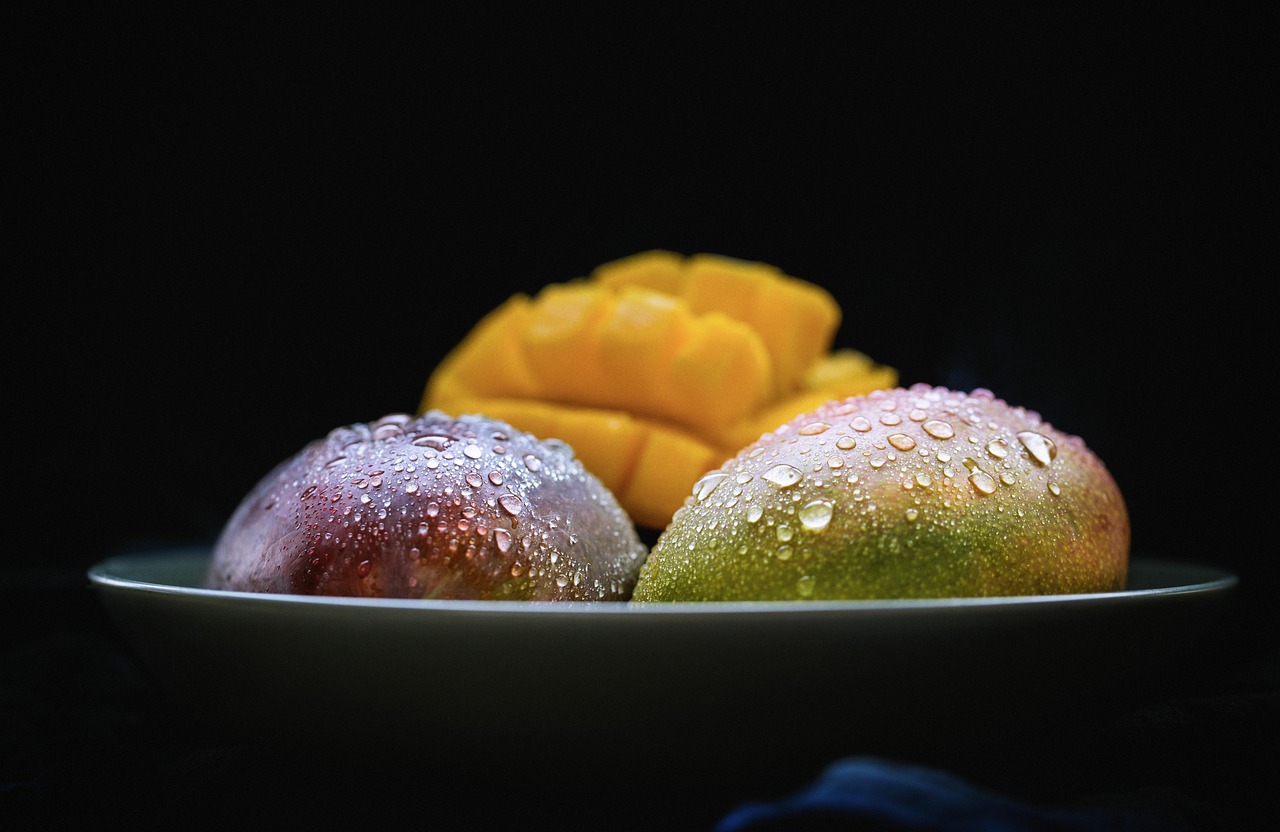Mango trees in warm climate orchards typically exhibit a growth rate of 24 to 36 inches per year under optimal conditions. Factors such as soil quality, water availability, and temperature significantly influence their growth.
Mango Trees: An Overview
Mango trees, scientifically known as Mangifera indica, are tropical fruit-bearing trees native to South Asia. They thrive in warm climates where temperatures remain consistently high. These trees are not only valued for their delicious fruits but also for their shade and beauty. In regions with suitable conditions, mango trees can grow rapidly and produce fruit within a few years.

The growth rate of mango trees is influenced by several factors, including climate, soil type, and care practices. Understanding these elements is crucial for orchard management and maximizing fruit production. In warm climates, mango trees can flourish, leading to increased yields and healthier plants.
Key Factors Influencing Growth Rate
Several key factors affect the growth rate of mango trees in warm climate orchards. Here are the most significant:
- Temperature: Mango trees thrive best in temperatures ranging from 77°F to 95°F.
- Soil Quality: Well-drained, sandy loam soils promote healthy root systems.
- Water Availability: Adequate watering during dry spells is essential for growth.
- Sunlight Exposure: Full sunlight for at least six hours a day is ideal.
- Nutrient Supply: Regular fertilization supports vigorous growth.
Mango Tree Growth Stages
The growth of mango trees can be broken down into several stages. Each stage has different requirements for care and maintenance:

- Seedling Stage: The first year is critical for establishing roots and developing a strong trunk.
- Juvenile Stage: From year two to four, the tree experiences rapid growth as it develops its canopy.
- Mature Stage: After four years, the tree reaches maturity and begins to produce fruit.
Growth Rate Table
| Age of Tree | Average Height (inches) | Annual Growth Rate (inches) | Fruit Production |
|---|---|---|---|
| 1 Year | 24-36 | 24-36 | No fruit yet |
| 2 Years | 48-72 | 24-36 | No fruit yet |
| 3 Years | 72-108 | 24-36 | Possible early flowers |
| 4 Years | 96-120 | 24-36 | First fruits may appear |
| 5 Years and older | 120+ | 24-36 | Full production capacity |
The growth rate table provides a clear overview of what to expect as mango trees mature. The first few years focus on establishing a solid foundation, while later years emphasize fruit production.
Cultivation Practices for Optimal Growth
Cultivating mango trees successfully involves understanding their needs. Proper care will enhance their growth rate. Some essential practices include:
- Irrigation: Implement a consistent watering schedule, especially during dry spells.
- Pest Management: Monitor for pests and diseases regularly to prevent damage.
- Pruning: Prune the trees to maintain shape and encourage air circulation.
- Fertilization: Use balanced fertilizers to supply necessary nutrients at different growth stages.
By following these cultivation practices, orchard owners can ensure that their mango trees reach their full potential in growth and productivity.

The Role of Climate in Growth Rate
The climate plays a pivotal role in determining the growth rate of mango trees. Regions with consistently warm temperatures provide the ideal environment for these tropical plants. However, fluctuations in weather patterns can impact growth. For example, excessive rainfall or prolonged drought can hinder development.
Mango trees are also sensitive to cold temperatures. They can suffer damage if exposed to temperatures below 30°F. Understanding local climate conditions helps in planning planting schedules and preparing for adverse weather events.
This knowledge is crucial for farmers looking to maximize their yield and ensure the health of their mango orchards over time.

Soil Requirements for Mango Trees
The growth rate of mango trees is heavily influenced by soil conditions. They require specific soil types to thrive effectively. Understanding these requirements helps orchard owners create a favorable environment for their trees.
Ideal Soil Composition
Mango trees prefer well-drained soils with a good balance of sand, silt, and clay. The ideal soil composition includes:
- Sandy Loam: This type of soil offers excellent drainage while retaining some moisture, making it ideal for mango cultivation.
- pH Levels: The optimal pH range for mango trees is between 5.5 and 7.5. Soils outside this range can hinder nutrient absorption.
- Nutrient-Rich: Soils rich in organic matter provide essential nutrients that support healthy growth.
Soil Preparation Techniques
Proper soil preparation is crucial before planting mango trees. Here are some effective techniques:
- Testing Soil: Conduct a soil test to determine nutrient levels and pH. This helps in making informed amendments.
- Amending Soil: Based on test results, add organic matter such as compost or well-rotted manure to enhance fertility.
- Tilling: Tilling the soil improves aeration and allows roots to penetrate easily.
- Mulching: Applying a layer of mulch helps retain moisture and suppress weeds.
Watering Practices for Mango Trees
Watering is a critical factor in the growth and health of mango trees. These trees require sufficient water, especially during dry periods, but overwatering can lead to root rot.
Watering Frequency
The frequency of watering depends on several factors, including soil type, climate, and tree age. Here are some guidelines:
- Young Trees: Water young trees every 2-3 days during dry spells to establish deep roots.
- Mature Trees: Mature mango trees require watering once a week, adjusting based on rainfall and temperature.
- Post-Flowering: Increase watering frequency during flowering and fruit development stages to support growth.
Irrigation Methods
Different irrigation methods can be employed to meet the water needs of mango trees:
- Drip Irrigation: This method delivers water directly to the root zone, minimizing waste and preventing overwatering.
- Sprinkler Systems: Sprinklers can cover larger areas but require careful management to avoid excessive water on the leaves.
- Flood Irrigation: While effective in some areas, this method can lead to waterlogging if not managed properly.
Pest and Disease Management
Mango trees are susceptible to various pests and diseases that can affect their growth rate and fruit yield. Effective management strategies are essential to protect the trees.
Common Pests
The following are some common pests that affect mango trees:
- Mango Weevil: This pest burrows into the fruit, causing damage and rot.
- Aphids: These small insects suck sap from the leaves, leading to weakened plants.
- Mealybugs: They can cause leaf drop and stunted growth if not controlled.
Disease Prevention
Mango trees can also suffer from diseases such as anthracnose and powdery mildew. Here are prevention strategies:
- Proper Spacing: Ensure adequate spacing between trees to promote air circulation.
- Regular Monitoring: Inspect trees regularly for early signs of pests or diseases.
- Cultural Practices: Maintain good sanitation in the orchard by removing fallen fruits and debris.
Nutrient Management
Nutrient management is vital for sustaining the growth rate of mango trees. Proper fertilization ensures that the trees receive the essential elements they need to thrive.
Essential Nutrients
Mango trees require a balanced supply of nutrients for optimal growth. Key nutrients include:
- Nitrogen (N): Promotes vegetative growth and leaf development.
- Phosphorus (P): Supports root development and flowering processes.
- Potassium (K): Enhances fruit quality and overall tree health.
Fertilization Schedule
A systematic fertilization schedule can improve tree productivity:
- Pre-planting: Incorporate organic matter into the soil before planting.
- During Growth: Apply balanced fertilizers during the growing season, typically every 6-8 weeks.
- Caution with Over-fertilization: Avoid excessive use of fertilizers, as it can lead to salt buildup and harm the tree.
By following these nutrient management practices, orchard owners can support healthy mango tree growth and increase fruit production significantly.
Pruning Techniques for Mango Trees
Pruning is an essential practice for maintaining the health and productivity of mango trees. Proper pruning encourages strong growth, improves air circulation, and enhances fruit quality.
Benefits of Pruning
Effective pruning provides several benefits for mango trees:
- Shape Maintenance: Pruning helps maintain a desirable shape, making it easier to harvest fruits.
- Improved Airflow: Removing excess branches allows better airflow, reducing the risk of disease.
- Increased Sunlight Exposure: Pruned trees receive more sunlight, which can enhance fruit ripening.
- Enhanced Fruit Quality: Selective pruning helps focus the tree’s energy on producing high-quality fruits.
When to Prune
The timing of pruning is crucial for maximizing its benefits. Here are some recommended times for pruning mango trees:
- Post-Harvest: Prune immediately after harvesting to prepare the tree for the next growth cycle.
- Late Winter: Prune during late winter or early spring when the tree is dormant but before new growth begins.
- Before Fruiting: Light pruning can be done before flowering to remove any dead or weak branches.
Pruning Techniques
Several techniques can be used while pruning mango trees to achieve desirable results:
- Thinning: Remove selected branches to reduce overcrowding and allow better light penetration.
- Crown Reduction: Shorten taller branches to lower the height of the tree while maintaining its overall shape.
- Removing Suckers: Eliminate any suckers (unwanted shoots) that grow from the base or trunk to direct energy to productive branches.
Environmental Influences on Mango Growth
The environment plays a significant role in the growth and health of mango trees. Understanding these influences can help orchardists create conditions that promote optimal growth.
Temperature and Humidity
Mango trees thrive in warm temperatures, but extreme weather conditions can impact their growth:
- Optimal Range: Ideal growth occurs between 77°F and 95°F. Temperatures below 30°F can damage young trees.
- Humidity Levels: Moderate humidity levels between 50% to 80% are preferable, as excessive humidity may lead to diseases.
Wind Exposure
Wind can have both positive and negative effects on mango tree growth:
- Positive Effects: Gentle breezes can aid in pollination and discourage fungal diseases.
- Negative Effects: Strong winds can cause physical damage to trees and fruit drop. Providing windbreaks can protect orchards.
Mango Varieties and Their Growth Characteristics
Different mango varieties exhibit unique growth rates and characteristics. Understanding these differences helps orchardists choose the right variety for their specific conditions.
Popular Mango Varieties
| Mango Variety | Growth Rate (inches/year) | Fruit Size (grams) | Maturity Time (years) |
|---|---|---|---|
| Haden | 24-36 | 200-300 | 3-5 |
| Tommy Atkins | 30-36 | 250-400 | 4-5 |
| Kent | 24-30 | 300-600 | 3-4 |
| Alphonso | 20-30 | 150-300 | 4-5 |
This table provides insight into the various mango varieties, their expected growth rates, fruit sizes, and time to maturity. Selecting the right variety can influence overall orchard productivity and profitability.
Selecting the Right Variety for Your Orchard
The choice of mango variety should consider local climate conditions, soil type, and market demand. Here are some tips for selection:
- Climate Adaptability: Choose a variety suited to your local climate conditions for optimal growth.
- Pest Resistance: Some varieties may be more resistant to pests and diseases, reducing management costs.
- Maturity Period: Consider the time it takes for a variety to mature and produce fruit, aligning with market needs.
A well-informed selection process can enhance the overall success of a mango orchard by maximizing growth rates and fruit yields while minimizing risks associated with pests and diseases.
Challenges in Mango Tree Cultivation
While mango trees are relatively easy to grow in warm climates, there are challenges that orchardists may face. Understanding these challenges can help in developing effective management strategies.
Pest and Disease Management
Mango trees are prone to various pests and diseases that can affect their growth and fruit yield. Some common challenges include:
- Insect Infestations: Pests such as mango weevils, aphids, and mealybugs can damage fruits and foliage.
- Fungal Diseases: Conditions like anthracnose can affect leaves and fruit, leading to significant losses.
- Environmental Stress: Factors such as drought or excessive moisture can weaken trees, making them more susceptible to pests and diseases.
Soil Management Issues
The quality of soil is paramount for the growth of mango trees. Challenges related to soil management include:
- Poor Drainage: Waterlogged soils can lead to root rot and other issues.
- Nutrient Deficiency: Insufficient nutrients can stunt growth and reduce fruit quality.
- Soil Erosion: Erosion can degrade soil quality, affecting the tree’s ability to absorb nutrients and water.
Weather Variability
Climate change has led to increased weather variability, which poses challenges for mango cultivation:
- Unpredictable Rainfall: Irregular rainfall patterns can lead to drought or flooding conditions.
- Temperature Fluctuations: Extreme heat or unexpected cold snaps can harm young trees and affect fruit set.
Innovative Practices for Enhanced Growth
To address these challenges, many orchardists are adopting innovative practices that promote healthier growth rates and higher yields.
Integrated Pest Management (IPM)
IPM is a sustainable approach that combines biological, cultural, physical, and chemical tools to manage pests. This method includes:
- Monitoring: Regularly checking for pest populations to implement timely interventions.
- Biological Control: Introducing natural predators to control pest populations.
- Cultural Practices: Improving soil health and tree vigor to naturally resist pests.
Soil Health Improvement Techniques
Maintaining soil health is critical for the success of mango orchards. Some techniques include:
- Cover Cropping: Planting cover crops in off-seasons can improve soil structure and fertility.
- Composting: Adding organic compost enriches soil with essential nutrients.
- Reduced Tillage: Minimizing soil disturbance helps maintain its structure and microbial activity.
The Future of Mango Cultivation
The future of mango cultivation looks promising with advancements in agricultural practices. Research continues to find more resilient mango varieties that can withstand climate challenges. Innovations in technology, such as precision agriculture, are also helping farmers monitor tree health and optimize resource usage efficiently.
Final Thoughts
Mango tree growth rates in warm climate orchards depend on a variety of factors including climate conditions, soil health, pest management, and proper care practices. By understanding these elements, orchardists can maximize their yields while addressing the challenges that come with growing mango trees.
Selecting the right variety, implementing effective irrigation strategies, and maintaining soil health are critical components of successful mango orchard management. As the industry evolves, embracing innovative practices will be essential for overcoming challenges and ensuring sustainable production for years to come.
Mango trees not only contribute significantly to the agricultural economy but also provide delicious fruits enjoyed by many worldwide. With careful planning and management, farmers can continue to cultivate these beloved trees, expanding their orchards’ productivity and ensuring a bright future for mango cultivation.
